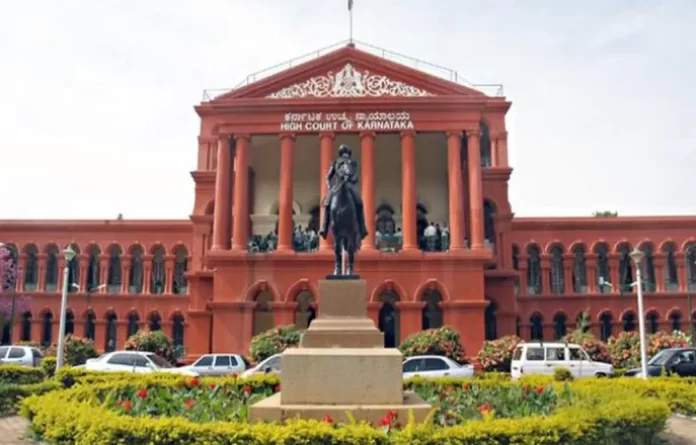The Karnataka High Court has reserved it’s judgment on a petition filed by X Corp challenging the authority to issue information blocking orders under Section 79(3)(b) of the IT Act.
The single-judge Bench of Justice Nagaprassana reserved it’s verdict in the case.
The petition sought declaration that Section 79(3)(b) of the IT Act did not confer authority to government officers to issue information blocking orders and that such orders could only be issued after following the procedure under Section 69A of the Act, read with IT Rules.
Appearing for X, Senior Advocate Raghavan argued that compelling social media intermediaries to scrutinise users’ content and taking down the same if found ‘unlawful’ under Section 79(3)(b) of the Information Technology Act, contradicted the Supreme Court ruling in the case of Shreya Singhal.
The intermediary making an earning out of this business was required to take a business decision on whether to accede to the request of the litigant, whose right was taken away under Section 79(1), or depending upon the facts of the case, to take stand that the material posted/uploaded was not proscribed and it would defend the legal proceedings, if initiated. This directly contradicted the judgment in Shreya Singhal case.
The Senior Counsel submitted that the Government never urged Section 79 as an empowering section in Shreya Singhal’s case and thus, an exemption provision could not become a source of power.
Section 79 belonged to Chapter XII of the Act, in which intermediaries were exempted from liability if they fulfilled the conditions of the Section. The only two caveats to be followed were enumeration in Section 69A and Article 19 of the Constitution, he noted.
Senior Advocate Raghavan submitted that in the Rules of 2019, Rule 3 (1) (d) was introduced to get over what the Apex Court said should not be done in making intermediaries decide on the validity of content, in Shreya Singha’s case. Instead of correcting the mistake, they have tried to circumvent what the top court of the country said.
A safe harbour was dependent upon a Preceding Order, either (i) a court order, (ii) an order under Section 69A, or (iii) an order under a statute that specifically empowers information blocking. The words unlawful act in Section 79(3)(b) must be read as referring only to those three circumstances.
He pointed out that the Respondents’ interpretation of Section 79(3)(b) compelled an intermediary to apply its own mind to whether information should or should not be blocked. This was contrary to Shreya Singhal. One of the reasons why the Apex Court said Section 69A was good was because applying the mind was not there.
The only way in which Section 79 could be applied was when there was an order under Section 69A, since Section 79 itself was not a source.
Senior Advocate Raghavan submitted that the Supreme Court in Anuradha Bhasin’s case independently reaffirmed the same principle laid down in Shreya Singhal that the internet’s wider range of circulation of information or its greater impact could neither restrict the content of the right nor justify its denial. The extent of restriction would be the same regardless of the medium of the information.
Noting that Section 79 (3) was a proviso to Section 79 (1), the Senior Counsel said it could neither control nor override the main provision of Section 79. The respondents’ interpretation of Section 79(3)(b) was contrary to the plain reading of Section 79(3)(b). Their interpretation could only be sustained by adding words to Section 79(3)(b), which was impermissible.
He argued that the principles of contemporanea expositio prevented the respondents from interpreting Section 79(3)(b) differently with the passage of time.
It was fallacious to say that Section 79 was less intrusive compared and distinct to Section 69A. If the legislature did not make difference, then rule making authority could not choose, he pointed out.


